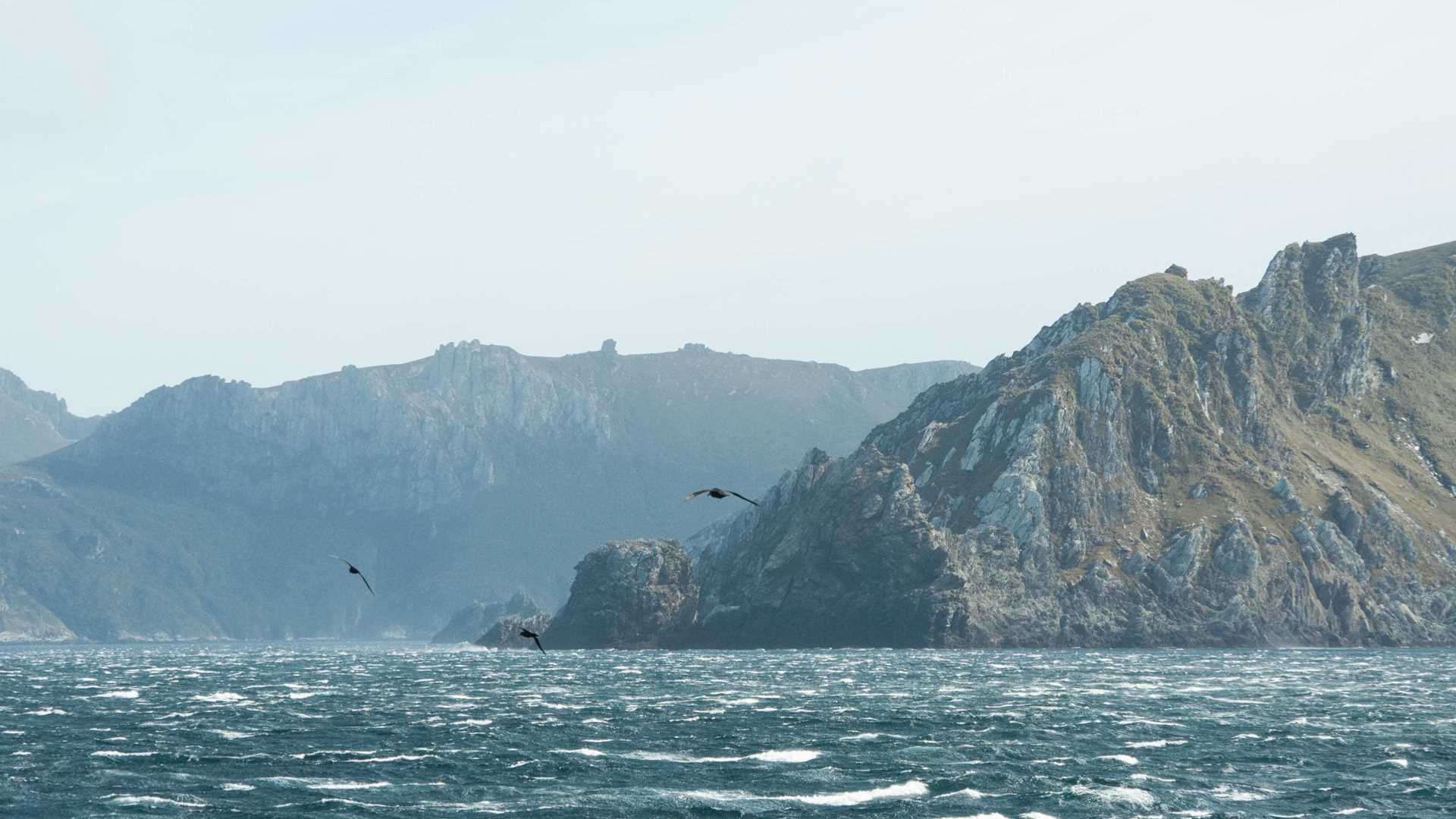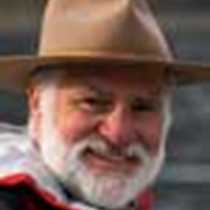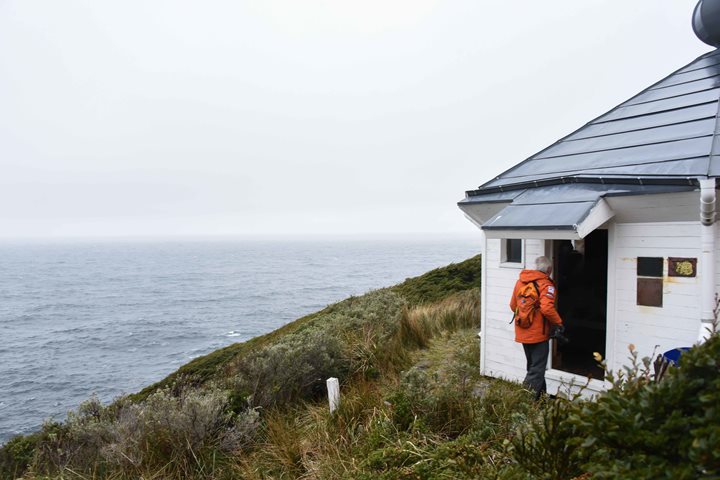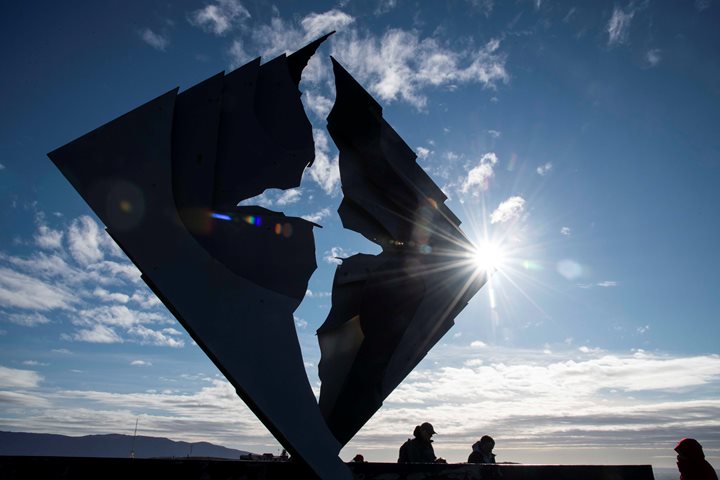A quiet night was spent at our anchorage deep in Cánepa Bay. Early in the morning the National Geographic Explorer weighed anchor and slowly headed out to sea. The rugged coastline with its many caves that work their way deep into the rock amazed those who had risen early. Lovely warm pastel shades light up the morning sky and in the distance to the south, cotton ball clouds brought a splash of color to the predominantly monochrome landscapes closer to the ship.
Once out in the open a very different story emerges, strong winds greet us and the sea, as far as the eye can see, is dotted with white patches as the strong 40 knot gusts whip up the top of the small waves. Sea birds demonstrate their mastery of these challenging conditions.
We head into the impressive York Bay and Port Celular which is the innermost and most western part of the bay. Once again the beauty that surrounds us captivates us; the intimate coastline with its southern beech forests giving way to steep rounded rock formations with hardly any vegetation on them. There are a few birds about but even here the winds are too strong, 20 to 25 knots, and the occasional williwaws would make the planned Zodiac cruises a fairly miserable experience.
Shortly after breakfast we head out to sea again toward the northeastern coast of the island.
Many seabirds follow the ship and the keenest photographers spend time on the aft deck trying to shelter from the elements while attempting to capture good images.
The sea conditions change dramatically once we head on a northerly coast along the east coastline, the wind and sea conditions become a lot stronger, the sea is seething and along the coast huge plumes of spray rise high into the air. Off in the distance breakers are spotted, the captain informs us that these are not caused by low lying reefs but are a rip tidal effect. We look in awe as we realize that all along this area hundreds of seabirds can be seen feeding on the nutrients that are being stirred up. As we sail through this area the waves become much larger, maybe 12 to 15 feet and some winds gusts head past the 50 knot mark.
For lunch we are out of the worst and steering along a more comfortable course.
We then steer for San Juan de Salvamento, our afternoon destination. As we head into the opening we catch sight of the “lighthouse at the end of the world.” The waves crash impressively on to the headland.
Even though the ship finds much calmer conditions deep in the fjord the landing site is still being pummeled by waves and strong winds. Instead we are able to take Zodiac cruises to the end of the fjord. There are a number of birds along the way, of course lots of plants, mosses, and lichens. Also present are a small group of South American sea lions, comprised of a very placid large bull, several females, and maybe some young from last season. They look most handsome in the lovely afternoon light.
The winds do progressively calm down into the evening and lovely deep red and purple colors light up the evening sky. Maybe this is a good omen for us because tomorrow we will get another bite at this particular cherry.







